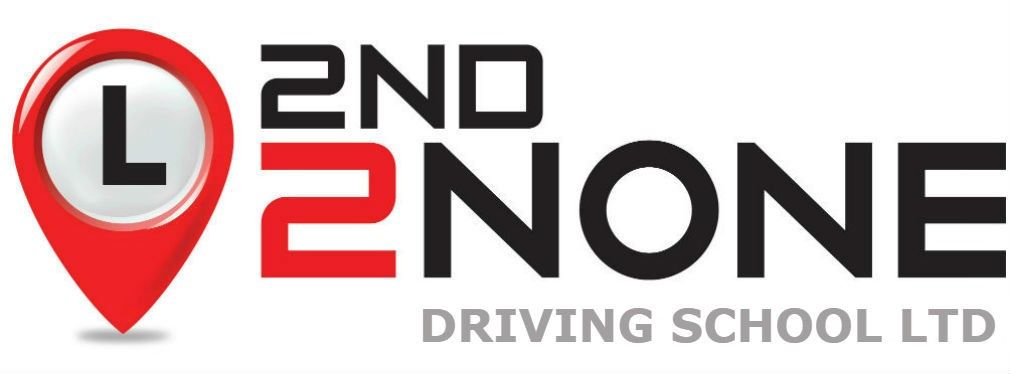Three things you should know about Motorways before you drive on them

As a recently qualified or learner driver, there are a lot of new things to think about. From owning and running a car to organising your insurance, driving isn’t just about getting behind the wheel. However, lots of the tasks associated with being a driver often appear more daunting than they are, simply because you’re new to them.
The same goes for motorway driving; if you have little or no experience of driving on a motorway, the thought of it can be unnerving. Even though, statistically, these roads are the safest type to drive on, the higher speeds and lane changes make it an entirely different experience.
Since 2018, learner drivers have been allowed to use motorways during their lessons with an approved instructor, giving them more experience of using these roads in a safer environment. But, even if you’ve spent some time on the motorway during your lessons, going it alone after passing can be intimidating.
To help you on your way, here are three of the most important things you need to know before driving on a motorway.
Lane management
Typically, motorways consist of three lanes. You may have heard them characterised as “fast” or “slow” lanes, but these don’t actually exist. Per the Highway Code, drivers should always drive in the left-hand lane unless overtaking a slower-moving vehicle. If you’re overtaking a number of vehicles, it might be safer to stay in the middle lane for longer, but you should always return to the left lane as soon as it’s safe to do so.
Providing there is no variable limit enforced, you can drive at the national speed limit in all three lanes. The main exception to the rule is if there is a lane closure, in which case it’s illegal to continue travelling in that lane. It’s also worth remembering that you aren’t obliged to overtake any slower vehicles; if you don’t feel comfortable, you can stay in the left-hand lane.
Know the signs
You’re likely to see road signs on motorways that you won’t see (or will rarely see) on other roads. Familiarising yourself with these signs is an important part of keeping yourself and others safe behind the wheel. Firstly, when approaching a slip road, you’ll generally see blue signs with white diagonal lines across them, decreasing in number from three to one. Each bar represents about 100 yards, indicating to drivers how far they are from the start of the deceleration lane before the slip road.
On smart motorways, you’ll also see electronic signs that can adjust automatically depending on traffic conditions. For example, you may see a red ‘X’ displayed, which indicates a lane closure. In heavy traffic or adverse conditions, a variable speed limit may be enforced. The speed limit displayed is the legal limit for that stretch of road, even if it’s usually set at 70mph
Taking breaks
Motorway driving can be monotonous, and it can be more difficult to stay fully focused on the road ahead for long periods of time. Between 10-20% of all crashes in the UK are caused by fatigue which is more likely to affect drivers using the motorway. To keep yourself and other road users safe, it’s imperative that you schedule regular breaks into your journeys. It’s recommended that you take at least a 15-minute break every two hours to recharge your body and brain.
The best places to take your breaks are service stations, which are dotted along all motorways at regular intervals. Keep an eye out for the signs and allow yourself plenty of time to turn off. You should never use the hard shoulder for a short break from driving – if there are no services available, leave the motorway at the next exit and find a safe place to stop in the area.


Comments